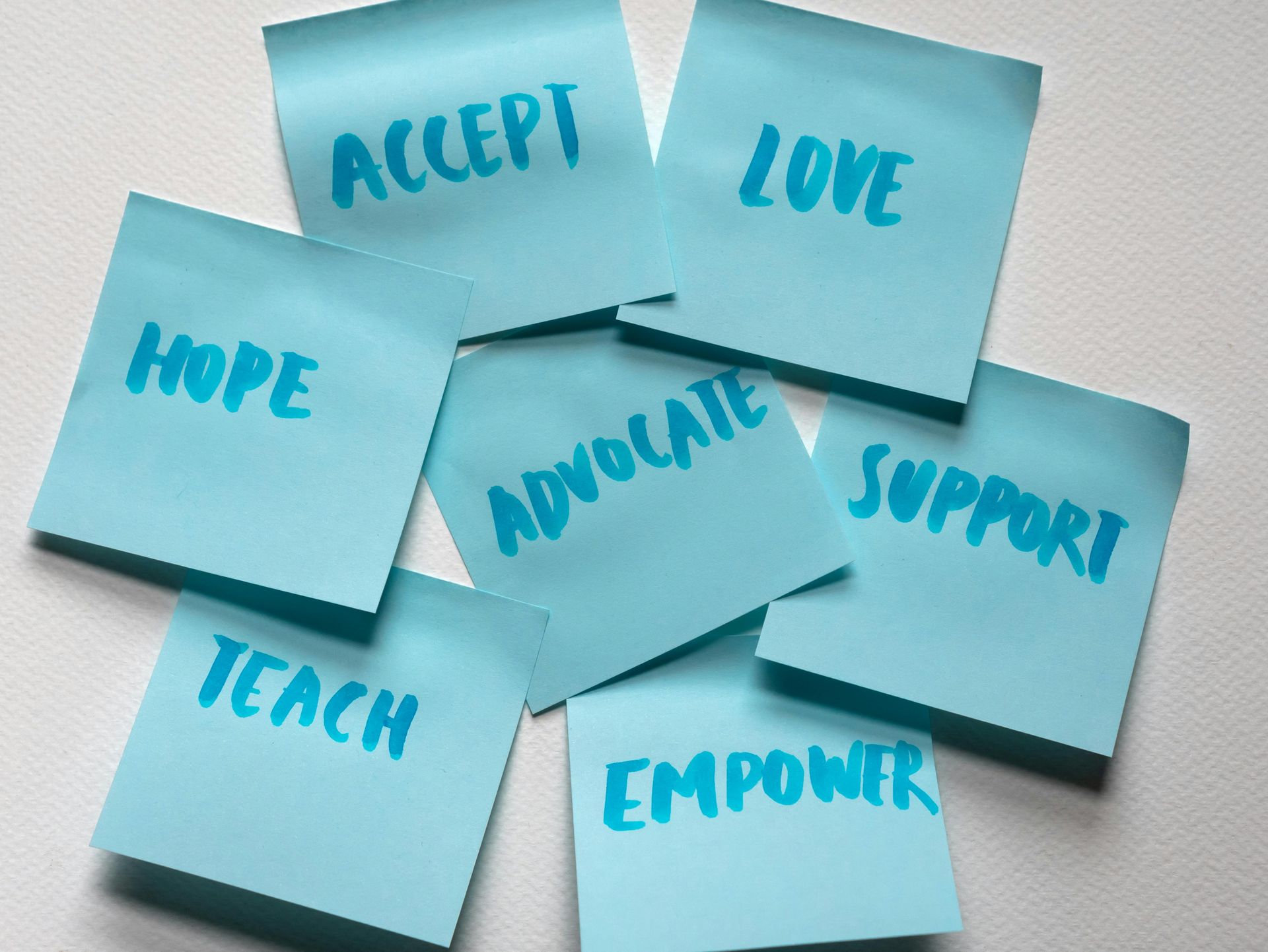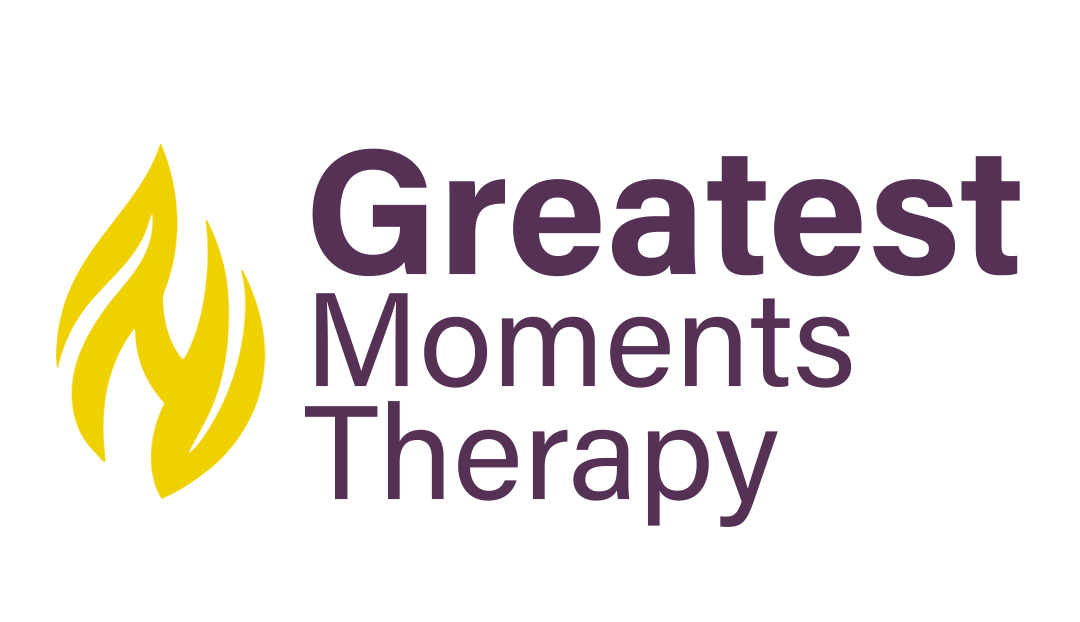Autism, Spectrum and Neurodivergence. Same? Different?
Every kid’s brain is different, which makes the world awesome. We can be better friends, teachers, and family members when we understand these challenges. Knowing how to help and celebrate strengths makes all the difference!

Understanding Brain Differences: Autism, NVLD, Dyspraxia, OCD, and ADHD
Everyone’s brain is unique and special, but sometimes people’s brains work in ways that make school, friendships, or everyday tasks harder. Understanding these differences can help us be kind and helpful. In this post, we’ll talk about five brain-based challenges: Autism Spectrum Disorder (ASD), Non-Verbal Learning Disability (NVLD), Dyspraxia, Obsessive-Compulsive Disorder (OCD), and Attention-Deficit/Hyperactivity Disorder (ADHD). Let’s dive in!
What Makes Each Condition Different?
Here are the main differences between these challenges:
- ASD (Autism): Kids with autism may have difficulty talking with others or understanding how people feel. They also might have powerful interests or do the same thing repeatedly (like lining up toys).
- NVLD: Kids with NVLD are great at talking but might struggle with reading maps, playing sports, or understanding facial expressions.
- Dyspraxia: This makes it tricky to do things like tie shoes, write neatly, or catch a ball. It’s all about how the brain plans and moves the body.
- OCD: Kids with OCD have thoughts that won’t go away (like worrying about germs) and feel like they have to do certain things over and over (like washing hands).
- ADHD: This makes it hard to focus, sit still, or wait your turn. Sometimes, kids with ADHD feel like their brains are going super fast!
Social Skills
- ASD: Making friends can be tricky because it’s hard to understand social rules.
- NVLD: Kids might not notice body language, like when someone is upset or happy.
- Dyspraxia: It can feel awkward to join games or activities because of clumsiness.
- OCD: Worries or routines can get in the way of hanging out with friends.
- ADHD: Impatience or blurting things out might bother friends.
Communication
- ASD: Words might come late, or it might be hard to understand jokes or sarcasm.
- NVLD: Talking is easy, but understanding gestures or tone of voice is a challenge.
- Dyspraxia: Talking is usually fine, but organizing ideas can be challenging.
- OCD: Kids might talk about their worries or ask the same questions.
- ADHD: They might interrupt or forget what they want to say.
Moving Your Body (Motor Skills)
- ASD: Sometimes, kids do repetitive movements like flapping their hands.
- NVLD: Clumsiness can make sports or handwriting hard.
- Dyspraxia: It’s extra hard to do things like tying laces or balancing on one foot.
- OCD: Some movements, like tapping, might be part of a routine.
- ADHD: Fidgeting or moving a lot can happen.
Senses and Feelings
Some kids experience the world differently:
- ASD: Lights, sounds, or textures might feel too strong (or not strong enough!).
- NVLD: Most senses are typical, but some kids feel slightly off in new places.
- Dyspraxia: Textures, like scratchy clothes, might feel uncomfortable.
- OCD: Certain sights, smells, or touches might trigger worries.
- ADHD: Loud noises or lots of action can feel overwhelming.
Strong Feelings and Thinking Patterns
Feelings
- ASD: Meltdowns or shutdowns happen when things feel too big or confusing.
- NVLD: Anxiety can happen when things don’t make sense.
- Dyspraxia: Frustration comes from struggling with everyday tasks.
- OCD: Worries make kids feel like they have to act on them.
- ADHD: Big emotions come fast and can be hard to control.
Thinking
- ASD: Deep focus on one favorite topic is common.
- NVLD: Great memory but trouble with abstract ideas (like math).
- Dyspraxia: Planning steps for tasks is challenging.
- OCD: The same thought gets stuck in a loop.
- ADHD: Thoughts can feel super speedy or jumpy.
Strengths are Continuations of Our Weaknesses
Every brain difference comes with strengths:
- ASD: Amazing attention to detail and deep knowledge about favorite topics.
- NVLD: Awesome at talking and remembering facts.
- Dyspraxia: Super creative and determined.
- OCD: Great at noticing details and being organized.
- ADHD: Full of energy, ideas, and creativity.
What People Might Confuse It With
Because some challenges look alike, people might mix them up:
- ASD: Sometimes mistaken for ADHD or sensory issues.
- NVLD: People might think it’s autism or anxiety.
- Dyspraxia: Often mistaken for clumsiness or laziness.
- OCD: Looks like anxiety or perfectionism.
- ADHD: This can seem like autism or oppositional behavior.
How to Help
Different challenges need different kinds of help:
- ASD: Therapies like speech or social skills training and occupational therapy.
- NVLD: Learning social skills and using tools for visual tasks.
- Dyspraxia: Occupational and physical therapy to make movements easier.
- OCD: Talking to a therapist to expose to test the fear and prevent obsessions/compulsions and learning constructive ways to handle worries.
- ADHD: Coaching for staying organized, therapy, and sometimes medication.
Here is the same information but stated more formally.
Would like to reach out and learn more? Connect here drj@jeltova.com
Part of this blog entry was created using AI OpenAI. (2025). ChatGPT [Large language model]. https://chatgpt.com
| Feature | Autism Spectrum Disorder (ASD) | Non-Verbal Learning Disability (NVLD) | Dyspraxia | Obsessive-Compulsive Disorder (OCD) | Attention-Deficit/Hyperactivity Disorder (ADHD) |
|---|---|---|---|---|---|
| Core Deficit and Critical Diagnostic Criterion | Persistent deficits in social communication and interaction across multiple contexts; restricted, repetitive behaviors | Significant difficulty with visual-spatial and non-verbal reasoning, despite strong verbal skills | Impaired motor coordination and motor planning that significantly interferes with daily functioning | Presence of intrusive thoughts (obsessions) and repetitive behaviors (compulsions) that cause distress or impair functioning | Persistent inattention and/or hyperactivity-impulsivity that interferes with functioning or development |
| Social Skills | Challenges with social communication and interaction | Difficulty with non-verbal social cues (e.g., facial expressions, gestures) | May struggle with social interactions due to clumsiness or organizational challenges | May experience social isolation due to obsessions or compulsions | May seem impulsive or struggle with peer relationships due to lack of attention to social norms |
| Communication | Delayed or atypical speech; difficulty understanding tone or sarcasm | Strong verbal skills; struggles to interpret body language | Typically unaffected in speech but may struggle with organizing thoughts | Unaffected but may repeatedly seek reassurance | Often impulsive, blurts out answers, difficulty waiting for their turn |
| Motor Skills | Sometimes affected (e.g., repetitive movements like hand flapping) | Poor motor coordination, clumsiness | Significant difficulty with fine and gross motor skills (e.g., handwriting, balance) | Generally not affected but may include repetitive actions tied to compulsions | May have difficulty with fine motor tasks due to hyperactivity or restlessness |
| Sensory Processing | Hypersensitivity or hyposensitivity to sound, light, touch, etc. | Often unaffected | Possible sensitivity to tactile experiences (e.g., textures) | May have heightened sensitivity to stimuli that trigger obsessions | Often appears fidgety or overstimulated by sensory inputs |
| Thinking Patterns | Focused, detail-oriented, intense interests | Strong memory for facts; difficulty with abstract reasoning | Difficulty organizing and planning tasks | Intrusive, repetitive thoughts and compulsions | Difficulty focusing on tasks, easily distracted, or hyperfocused on preferred activities |
| Emotional Regulation | Can experience meltdowns or shutdowns due to sensory overload | May struggle with frustration or anxiety in unfamiliar situations | Difficulty managing emotions due to frustration with motor challenges | High anxiety due to obsessions and compulsions | Prone to mood swings, frustration, or emotional outbursts due to impulsivity |
| Common Strengths | Attention to detail, strong focus on interests | Strong verbal reasoning, good memory | Creative problem-solving, persistence | Meticulousness, determination | Creativity, high energy, quick problem-solving skills when engaged |
| Conditions Often Confused With | NVLD, ADHD, sensory processing disorder | ASD, ADHD, anxiety disorders | ADHD, ASD, sensory processing disorder | Generalized anxiety disorder (GAD), ASD | ASD, anxiety disorders, sensory processing issues |
| Most Often Misdiagnosed As | ADHD, anxiety disorders, intellectual disability | ADHD, mild ASD | ADHD, clumsiness (unrelated to a disorder), laziness | Generalized anxiety disorder, perfectionism | Anxiety, ASD, oppositional defiant disorder (ODD) |
| Validated Effective Treatment Approaches | Applied Behavior Analysis (ABA), speech therapy, occupational therapy, social skills training | Social skills training, cognitive-behavioral therapy (CBT), accommodations for visual-spatial tasks | Occupational therapy, physical therapy, task-specific skill building | Cognitive-behavioral therapy (CBT), exposure and response prevention (ERP), medication (e.g., SSRIs) | Behavioral therapy, parent training, organizational skills coaching, medication (e.g., stimulants) |



